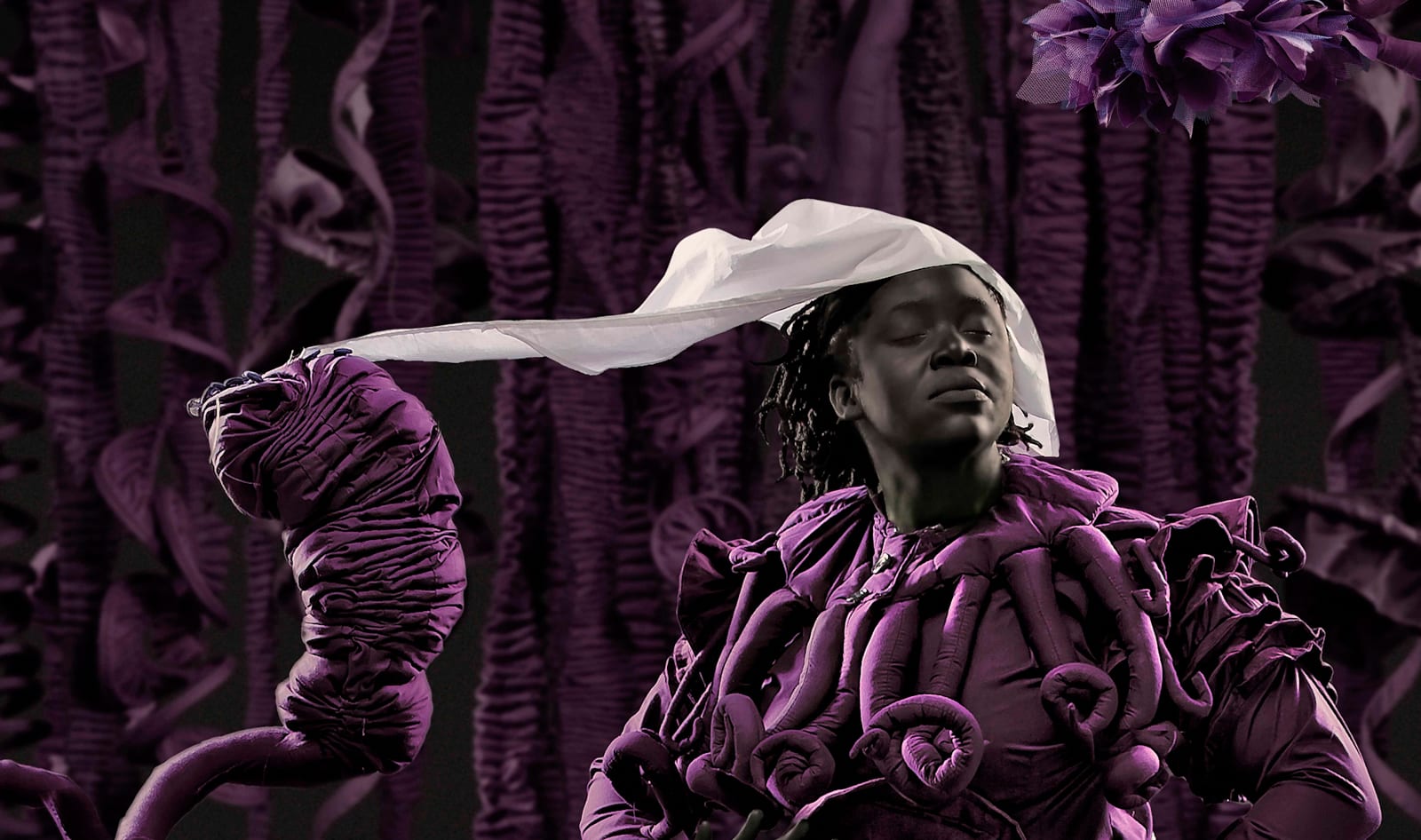Mary Sibande South Africa, b. 1982
110 x 320 cm
Further images
The title of this particular piece references a Yeats poem titled Easter, 1916, describing the poet's torn emotions regarding the events of the Easter Rising staged in Ireland against British rule on Easter Monday, April 24, 1916. The uprising was unsuccessful, and most of the Irish leaders involved were executed for treason. Yeats was working through his feelings about the revolutionary movement in this poem, and the insistent refrain that "a terrible beauty is born" turned out to be prescient, as the execution of the leaders of the Easter Rising by the British had the opposite effect to that intended. The killings led to a reinvigoration of the Irish Republican movement rather than its dissipation. The figures killed became martyrs, rather than warnings. Not dissimilar from purple in South Africa, for the Irish Republicans, their color became green, and the executions cemented its political power, to be further leveraged by future generations. To quote the final refrain of the poem,
Now and in time to be,
Wherever green is worn,
Are changed, changed utterly:
A terrible beauty is born.













